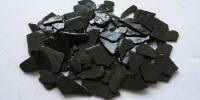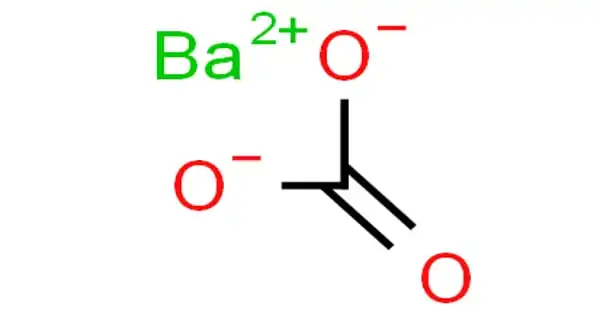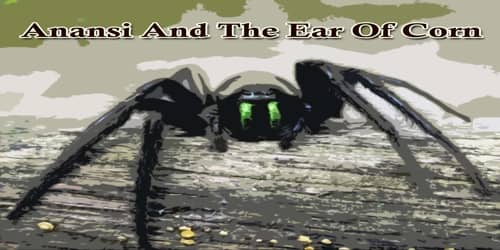Strontium nitrate (Sr(NO3)2) is an inorganic compound consisting of the strontium, nitrogen, and oxygen components. Since it produces a bright red flame when burned; it is used in fireworks, matches, marine signals, etc. This colorless solid is used in pyrotechnics as a red dye and an oxidizer. Strontium nitrate has a white crystalline solid look. Noncombustible but accelerates the burning of combustible materials.
Strontium nitrate has Sr(NO3)2 molecular formula, and 211 molecular weight. It is produced usually by the nitric acid reaction on strontium carbonate.
2 HNO3 + SrCO3 → Sr(NO3)2 + H2O + CO2
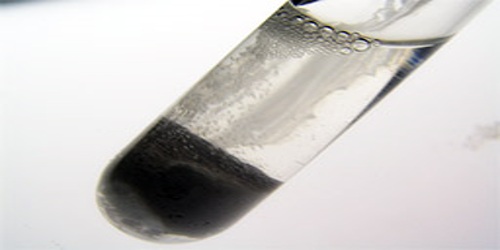
(The reaction of nitric acid and strontium carbonate to form Strontium Nitrate)
Strontium nitrate explodes if large quantities are involved in a fire or the combustible material is finely divided. Maybe bursting under excessive heat or fire exposure. Nitrogen Toxic Oxide are formed in fires. Like several other strontium salts, strontium nitrate is used in fireworks and path flares to create a rich red flame. In such applications, the oxidizing properties of the salt are beneficial. Used in pyrotechnics, in medicine, and in the manufacture of other chemical products.
These colorless crystals, or white powder, have a density of 2.986 g/cm3 and its CAS number is 10042-76-9. It is highly soluble in water. Apparently, strontium nitrate only forms the tetrahydrate when a solution is evaporated under 80°C. Otherwise, it decomposes to Sr(OH)2 and nitrogen oxides at higher soluble temperatures. The concentration of nitric acid allows no difference in produced hydrate, as compared to other alkaline earth such as Ca and Mg.
Strontium nitrate can aid in eliminating and lessening skin irritations. When combined with glycolic acid, strontium nitrate greatly decreases the feeling of skin discomfort better than using glycolic acid alone. Industrial applications of strontium nitrate are rather restricted and have a somewhat restricted commercial appeal, as the related calcium and barium compounds serve the same function but are cheaper. However, a few have found applications in industry and other areas.
Strontium nitrate, Sr(NO3)2, and Sr(ClO3)2 strontium chlorate are highly volatile and give flames a bright crimson color; they are also used in fireworks and similar displays. As a divalent ion with an ionic radius similar to Ca2+ (1.13 Å and 0.99 Å, respectively), Sr2+ ions resembles the ability of calcium to penetrate calcium-selective ion channels and cause the release of neurotransmitters from the nerve endings. And it is used in studies in electrophysiology.
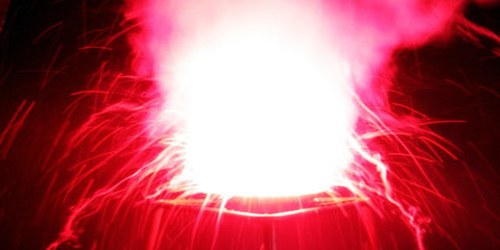
Synthesis of Strontium Nitrate
Strontium nitrate is the first compound to selectively block the irritation-producing nerve endings (type C nociceptors) that are triggered from any cause when itching, burning, and stinging occurs. Glycolic acid eliminates the upper layer of old and dead skin cells while at the same time enabling healthier, smoother, and evenly pigmented skin to mature. Strontium (especially strontium nitrate) is used in military pyrotechnic devices (tracer bullets, military flares, marine distress signals) as well as non-military applications like warning devices and fireworks, due to its brilliant red flames.
Information Sources:



